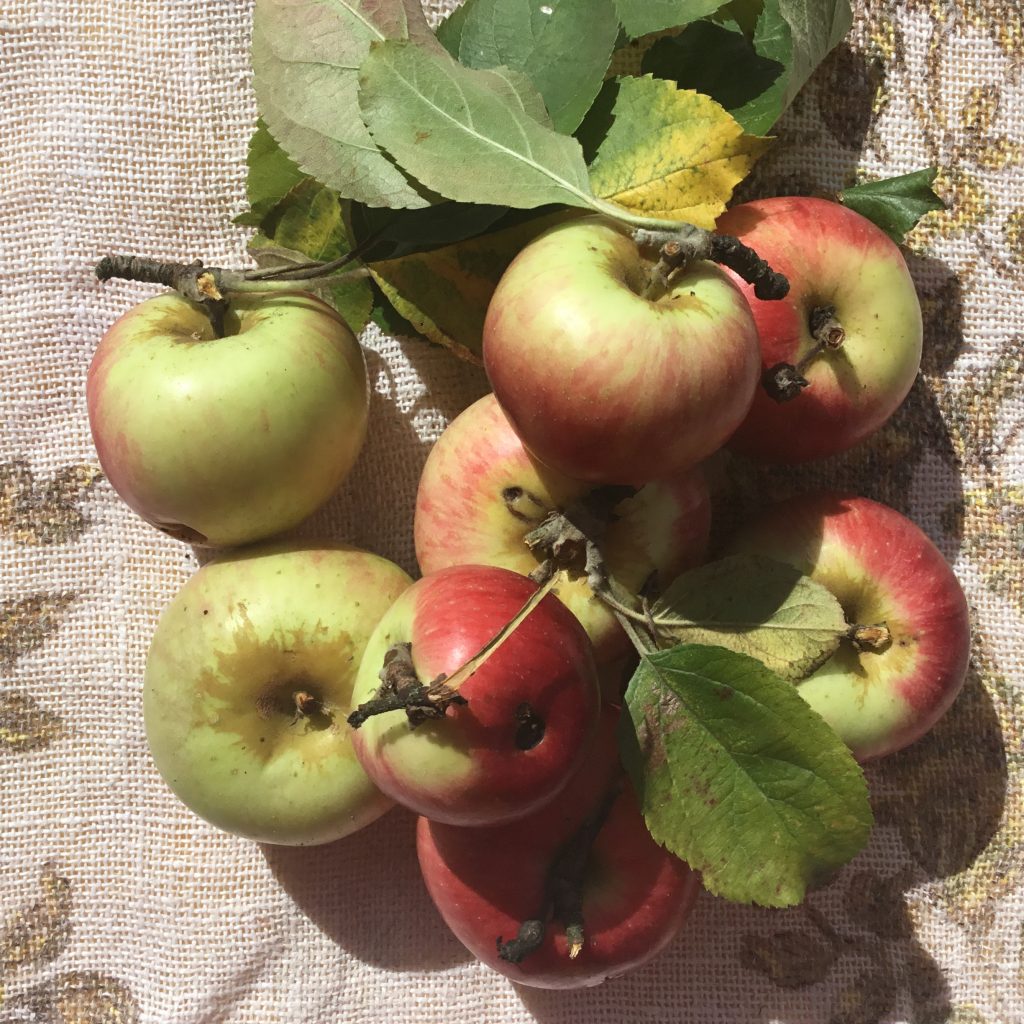What causes irritable bowel syndrome (IBS)?
The cause of IBS is not fully understood, but many things have been implicated: stress and our busy lifestyles in a modern world, overuse of antibiotics and extreme dieting, to name a few.
IBS has historically been difficult to treat, but more recently research has shown that lifestyle changes in addition to modifications in diet can improve symptoms.
How can the low FODMAP diet help with IBS symptoms?
Monash University in Australia has been leading research in this field and has shown that some of the carbohydrates, notably the fermentable type, can contribute to IBS symptoms. These are called:
Fermentable,
Oligo-saccharides (Fructans and Galacto- oligosaccharides)
Di-saccharides (Lactose)
Mono-saccharides (Fructose)
And
Polyols (sugar alcohols) = FODMAPs.
Macronutrients that we need for health are proteins, fats and carbohydrates (sugars included). FODMAPs are not absorbed in small intestine, but when they move on to the large intestine, are fermented by billions of bacteria which naturally reside there and help break down our food to smaller, more useful components. Unfortunately, in some people, the balance of bacteria here in the large intestine are sometimes out of synch and instead ferment the FODMAPS resulting in gas production and the characteristic symptoms of bloating, wind, pain and also altered bowel habits.
Typical symptoms include:
– Diarrhoea
– Constipation
– Pain, including cramps
– Wind
– Bloating
Research into the effect of the low FODMAP diet on the symptoms of IBS, shows that reducing the amount of FODMAPs eaten may improve gut symptoms in most people.
When I was 6 weeks into Stage 1, the restriction part of the diet, my symptoms improved drastically. It wasn’t easy, though, since a lot of my healthy, favourite foods were unsuitable (apple, date, mango, peach, plum, and veggies like asparagus, beans and pulses, cauliflower). However, the most difficult thing to cope with was lack of onion and garlic!!! Some tips I’ll pass on to help you with this are: a small amount of the green part of the leek can be used in cooking in things like soups, stews etc, and the green part of spring onion can be used in salads. And if you plant spring onions, they keep giving you these leaves! But what about garlic?! A great substitute for the taste of onion and garlic is Asafatoeda (or Hing). You can find this in most supermarkets in the herbs and spices section. It’s quite strong though, so only use a small amount until you’re confident you like it.
It’s important to know that low FODMAP diet is not a diet for life. It’s a diet designed to help you identify foods that may trigger your symptoms. Following a low FODMAP diet for a short period, then as symptoms improve, beginning to reintroduce foods that are high in FODMAP, enables you to identify your triggers. You then have a choice. If a food gives you severe symptoms you might want to avoid it in your diet. But if your symptoms are mild, then you may choose to have this food in smaller amounts. This puts you back in the driving seat. You have control back, instead of your symptoms controlling you.
For best results, it’s always best to get professional advice and support from a Registered Dietitian trained in FODMAPs. The Dietitian will give you practical advice and encouragement, especially during the restrictive stage, which should be as short as possible for you. The low FODMAP diet in its most restrictive stage, should never be followed long-term, as this could result in you developing nutritional deficiencies. Following the diet long-term is unnecessary, as most of the foods removed from the diet won’t be triggers, but the triggers are different for everyone, so they all need to be removed initially, so help identify those that are. The foods are then reintroduced in a very measured way, to enable you to find out those you can tolerate and also how much of a food is okay for you. Once you’ve identified your triggers, all the foods you found to be ‘safe’ can be reintroduced back into your diet.
Here is a link to Monash University website, with lots of information about low FODMAP: https://www.monashfodmap.com/
So to recap:

Stage 1 – The low FODMAP Diet
In this stage, you need to restrict as many foods containing FODMAPs for 4-8 weeks. This will give time for your gut to recover and help you identify those foods which are triggers for your symptoms.
Stage 2 – FODMAP reintroduction stage
Here, you need to track and record food challenges and write how you react to them. This is done in a very measured way over a 3-days period. This will tell you which FODMAPs you are the most sensitive to. You need to share your results with your Dietitian.
Example of Days 1-3 food challenge
I started with wheat – bread challenge. On Day 1, I tried 1 slice of bread, then on Day 2 – 2 slices and Day 3 – 3 slices of bread. It is good to set up a scale for yourself, for example I wrote that my bloating was 8/10. It’s important to stop at any stage though if you have any symptoms. If you do have symptoms, you need to wait for these to subside, then wait 3 clear days (without symptoms) then you can begin the next challenge.
If you don’t have any symptoms, you count this as a successful challenge, but you still need to take the challenge food out of your diet again until you’ve completed all the challenges, then you can reinstate all those safe foods back into your diet to make it more balanced again. An added bonus, if you don’t have any symptoms, is that you can launch straight into the next challenge.
The challenge process is relatively simple with foods that contain only one FODMAP, but it is a bit more tricky with foods that have 2 or more FODMAPs. That’s why it’s always best to have the support of a professional.
Stage 3 – FODMAP personalisation (modified) stage
This is the exciting part, where you can put all those ‘safe’ foods back into your diet. You need to self-manage it, by avoiding foods that trigger your symptoms.

